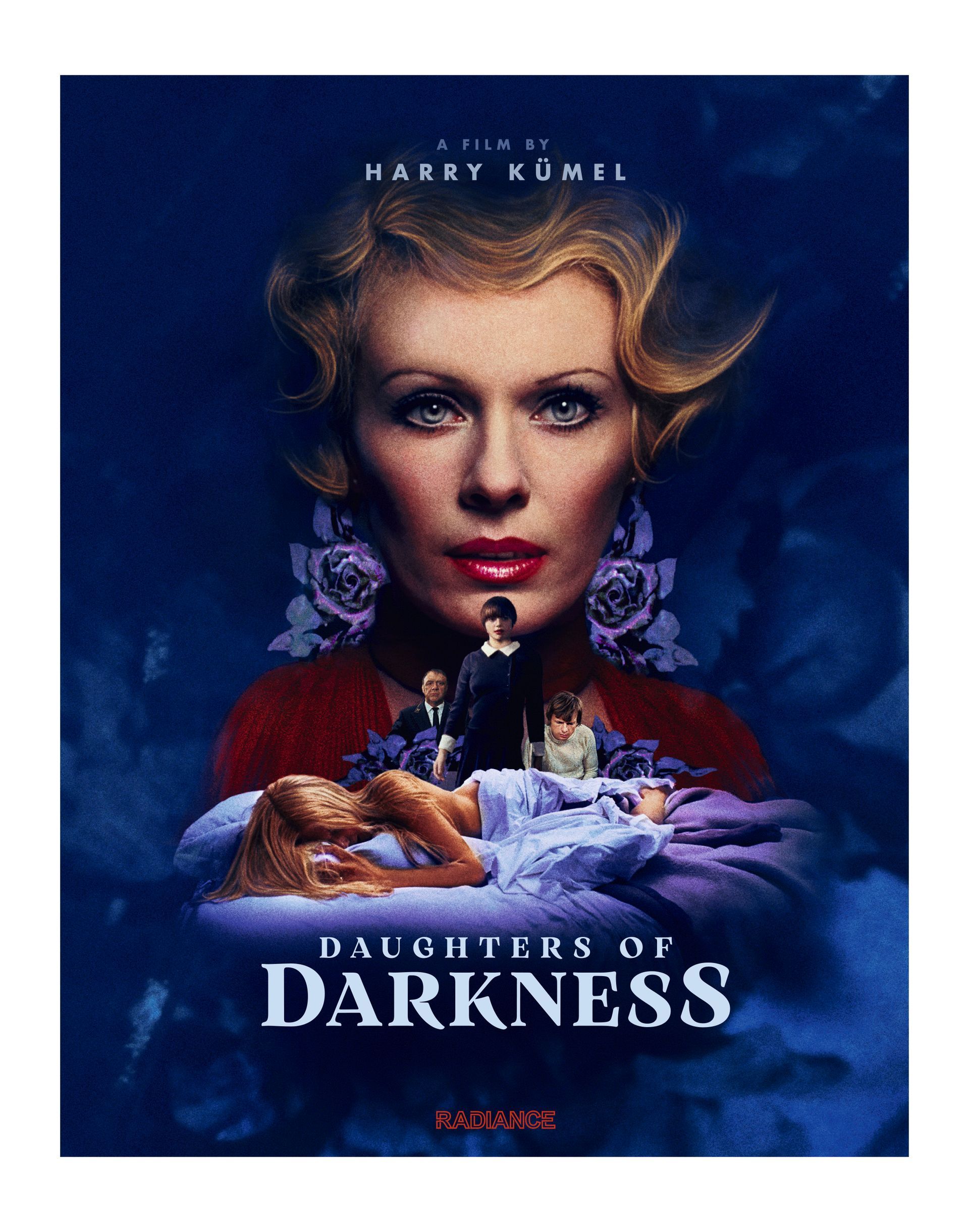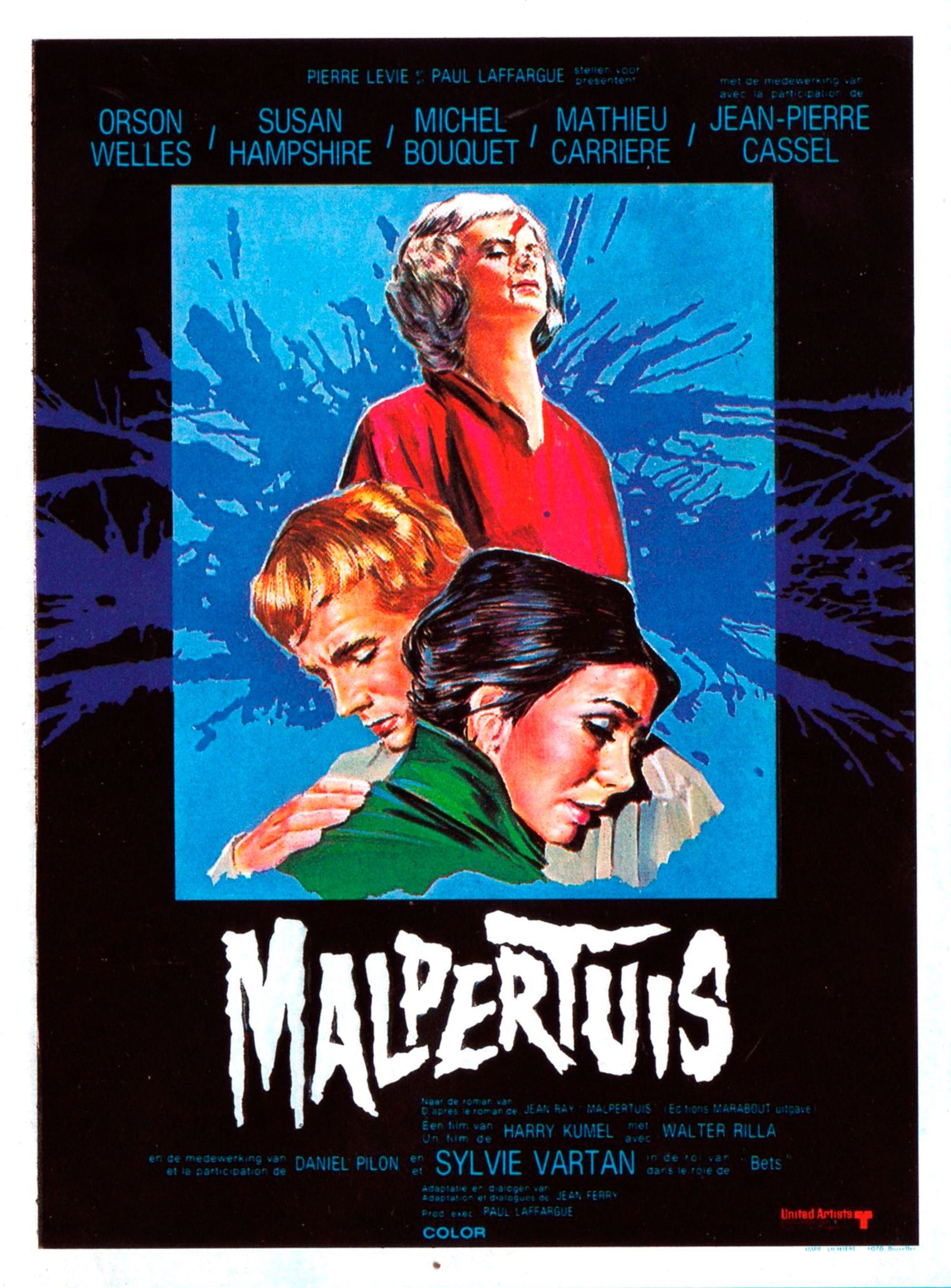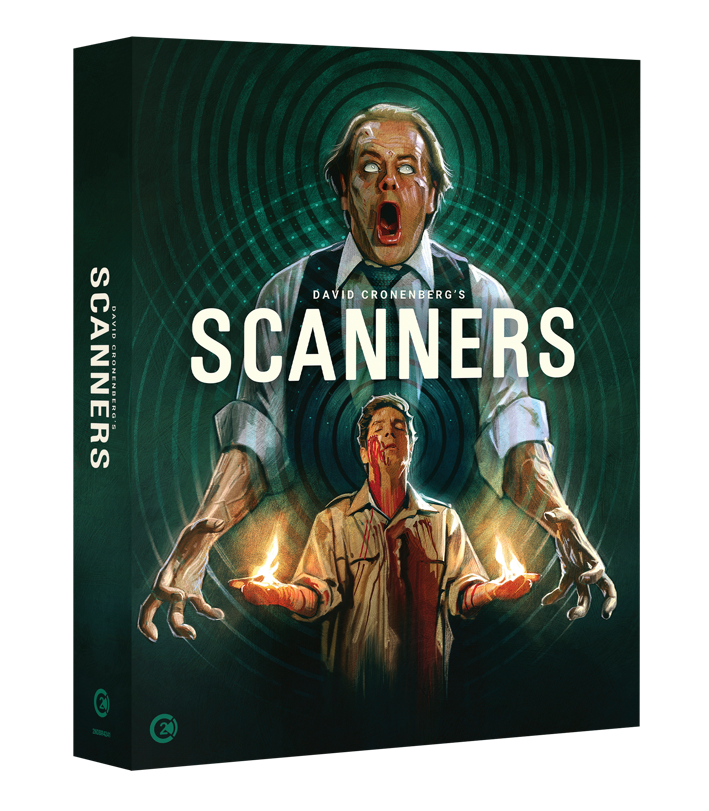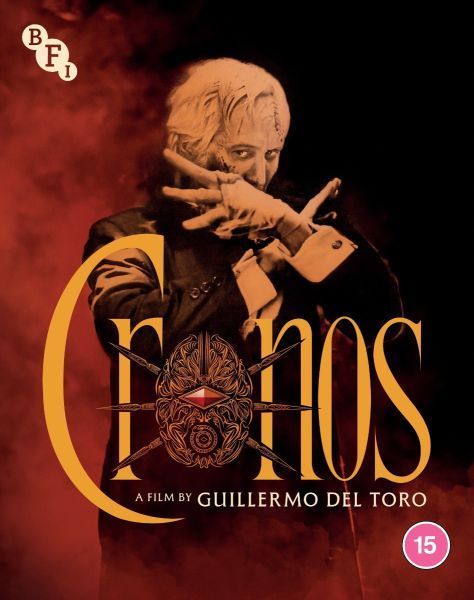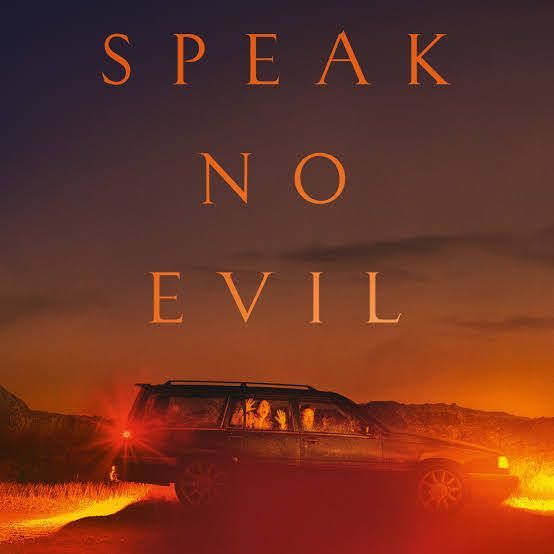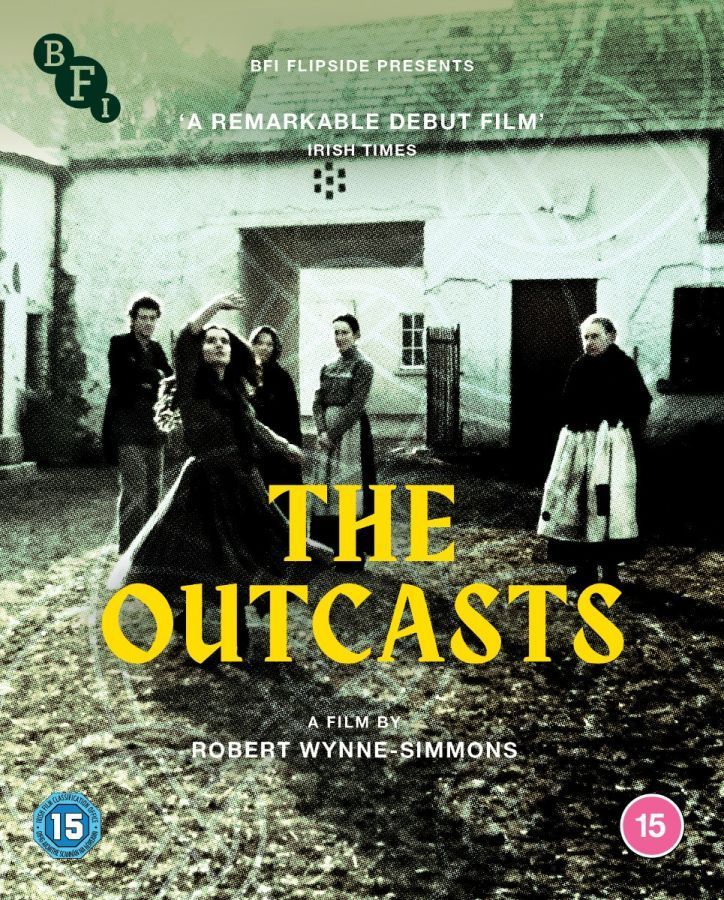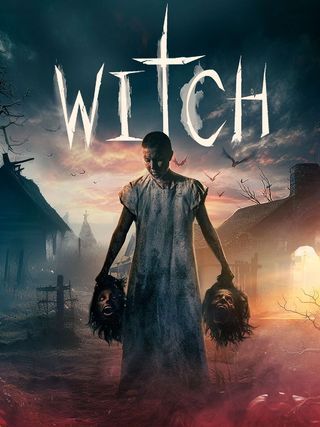Scala!!!
Or, the world's best rep cinema?
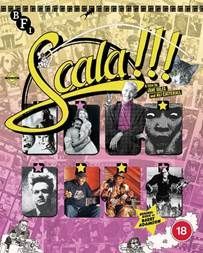
Scala!!! (BFI DVD, BluRay BFIB1503) BFI Player, Subscription iTunes and Amazon Prime
From the BFI comes a hugely enjoyable documentary about the fondly remembered Scala Cinema, from its beginnings as a rep/agit-prop setup in Fitzrovia to its move into a former music hall turned rock gig in King’s Cross, where it fully realised its potential as an all-genre encompassing film and TV venue.
Basically, a memory box from the former staff members, a legion of latterly well-known regulars and an original score by Barry Adamson, it’s sure to delight old habitues and those too young to have bought a membership card for the even then paltry thirty pence, sat back in the well-worn flip-up seats and lapped up the double bill they just paid less for, than what a West End theatre would charge for just one film.
I can’t make an honest claim to having been a member of the Fitzrovia club, but I gravitated to the King’s Cross theatre as soon as I arrived in London, May 1981, guided by one of my new workmates, who kindly gave me the Scala’s famous twice-folded monthly calendar. The riotous psychedelic artwork that covered the calendars made them seem more like a programme from a West Coast hippie theatre happening than a cinematic bill of fare in early 80’s London.
Those days of nasty, vindictive government, endless labour disputes and strikes, rampant homophobia and racial tension are queasily recalled by the speakers, when the Scala was an oasis of culture in those vicious times. Figures like Mark Moore (S’Express) comedian Adam Buxton and film maker John Waters share their memories of their first visits to the King’s Cross primatarium, with resident prowling cat, the hissing of beer cans being opened and rattling tube trains down below. Among those with many stories to tell is writer and horror enthusiast Kim Newman, whose interview is expanded upon in the extras, all of them well worth the seeing.
The stewardship of Stephen Woolley, with his particular interest in music on film, made the place a go-to venue for carefully curated bands who needed a place to play, and to relax and watch the varied selection of films the rest of the time. Recalling that the up-and-coming Spandau Ballet were once the house band, many other bands would follow and later grace the stage, including Throbbing Gristle, Monte Cazzaza, Nick Cave and the Bad Seeds and Gallon Drunk.
Jane Giles recalls her time as programmer with affection, even showing the old school tools of her trade, a well-worn card index, the ‘square jaw’ telephone and the directory that everyone needed to do the slightest amount of business in those pre-mobile phone, pre-internet days.
Horror films were a mainstay of the Scala’s offerings, and in those oppressively censored times, (don’t get me started) it was often the only way, bar under-the-counter videocassettes, to see the full versions of such over-the-top grue and gore like Herschell Gordon Lewis’ cannibalistic carve-up ‘Blood Feast’, Lucio Fulci’s mad-eyed ‘Zombie Flesh Eaters’ and Jorge Grau’s sci-fi/splatter mash-up, ‘The Living Dead At the Manchester Morgue’.
The sheer diversity of its programming is what separated the Scala from its contemporaries. A typical monthly calendar might offer up an all-nighter of John Waters’ camp, trailer-park freakshows or a season of spaghetti westerns interspersed with 1950’s sci-fi creature features or a selection of Russ Meyer’s full-throttle, libidinous romps. The grainy print of grimy erotic comedy ‘Thundercrack’ is recalled and paid more attention than it ultimately deserves, whereas the hugely important ‘Wider Television Access’ (WTVA) nights are barely mentioned. In an age when the BBC and the IBA had put popular television shows like The Avengers, Danger Man, The Prisoner and Hancock’s Half-Hour to archive, only repeating them on rare occasions, WTVA nights became one of the few ways for afficionados to see classic TV. The huge popularity of these nights was testament to the continued interest in these shows that the TV authorities considered old-fashioned; redundant even. Fans would have a long wait for these shows to appear on the then fairly new and relatively expensive videocassette, and an even longer wait for the arrival of the public internet and online sources such as YouTube.
There are interviews with former employees and media folk about the legendary cinema, but regrettably few from the weekly punters who made the Scala what it was, an affordable place of film education and a refuge from the dreary, homogenized Hollywood fare on offer at your local multiplex. There is an untold story in between the sometimes repetitive, dope scented anecdotes of comedians and musicians which would likely tell you that the Scala also showed 40’s and 50’s gangster flicks and film noir as well as the strange, hallucinatory visions of Alejandro Jodorowsky and Kenneth Anger.
Perhaps if there had been a few more contributions from the everyday members, we might have seen a more rounded view of this unique theatre.
The story of the Scala begins and ends, appropriately, with a screening of the 1933 King Kong, an image of love, desire, wildness and danger that practically everyone can recall some part of. How fabulous would a gigantic blow-up King Kong have looked, floating above the cupola of the Scala, beckoning film lovers into one of the world’s best, strangest, most eclectic and most eccentric of cinemas?
Scenester
20/1/24
Buy BluRay here: https://shop.bfi.org.uk/scala-blu-ray.html
